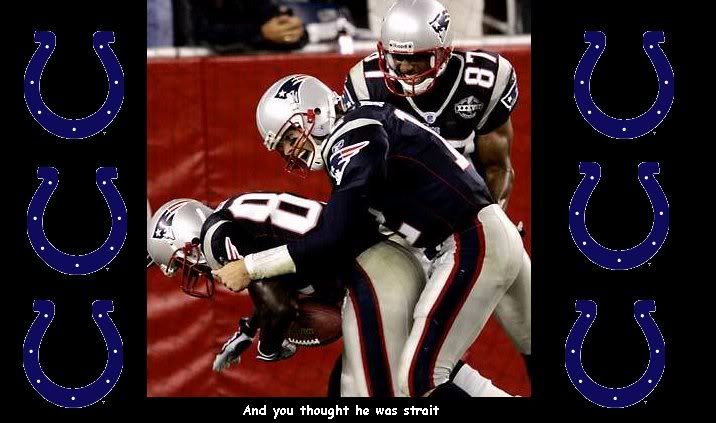I have not read through this thread, but I would be surprised if there was much sympathy for the Patriots and Brady. Because I am from New England, no surprise it's my team and no surprise if I look for dissenting opinions of the Wells Report. I'm going to leave this article here just to show most of the arguments criticizing the quality of that report in one place. What bothers me the most is the seemingly selective use of the psi-checking ref's memory. As a Patriot's fan and fan of Brady, an all around sad state of affairs to me. I think he'd still have 4 rings regardless, but it's too easy to hate and this stain will be permanent. Even winning a 5th would not change public opinion.
https://www.washingtonpost.com/spor...2c8d2c-ffd4-11e4-805c-c3f407e5a9e9_story.html
"That the league has never particularly enforced standards is evident in a hilarious section in which the Wells report eats its own tail. According to Wells, in a game between the Patriots and Jets, it was discovered that the refs had inflated the balls to 16 PSI. Brady got upset when he found them hard to handle. That’s how uneven ball inflation in the NFL is and how weak the Wells report is. The only firm evidence that Brady ever had a conversation with anyone about ball pressure comes in this instance, when the ball was wildly over-inflated to 16 PSI — by the league’s own refs.
What’s more, messing with the ball has been treated as a misdemeanor in other cases. In a very cold 2014 game between the Carolina Panthers and Minnesota Vikings, sideline cameras showed some team attendants warming footballs in front of heaters — presumably at the behest of a quarterback. There was no scandal for “tampering.” There was not even an investigation. You know what kind of edict the NFL issued in that case? A reminder. It sent a memo that softening the ball on the sideline by warming it is not allowed.
At a minimum the Wells report is poor work, and the NFL may well have skewed it. Just consider how the report used referee Walt Anderson’s recollections. It accepts Anderson’s account as accurate when it comes to how pressurized the Patriots’ footballs were in pregame. It also accepts Anderson’s account when he said there were two gauges available, one with a logo on it that gave higher readings by almost 0.4.
But when Anderson says he used the gauge that gave the higher PSI measurements, the Wells report suddenly treats Anderson as inaccurate on this point — and no other. For no apparent reason, Wells insists Anderson must have used the other gauge, the one that gave lower readings, which makes the Patriots look guilty.
As opposed to the higher gauge, which would put it in the realm of possibility that the footballs lost pressure by halftime because of cold weather and the Ideal Gas Law.
Once you’ve read this part of the Wells report, the words it so often employs — “more probable than not” and “likely” — begin to take on a pernicious tone.
The NFL created its own mischief here. It wrote a rule that says each team can use a dozen of its own balls and left it to the teams to inflate them, without providing any sort of regulation or consistent enforcement. Now, all of a sudden, what a year ago was the subject of a mere memo has become the subject of a months-long million-dollar game of Gotcha. Why?"







